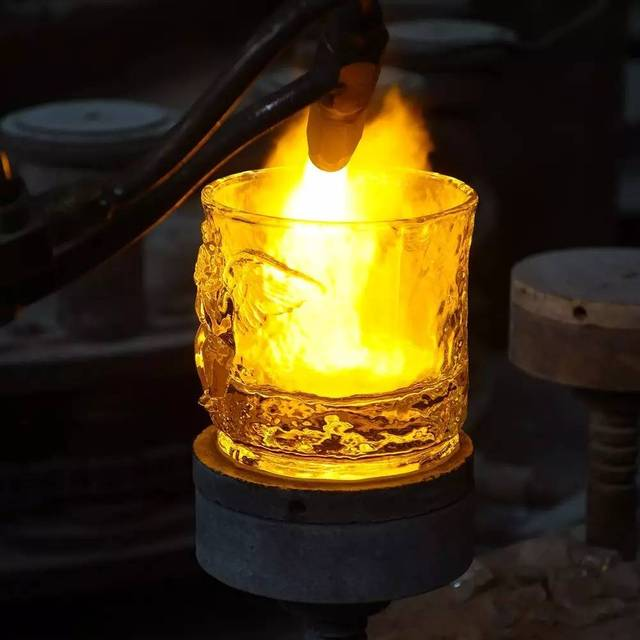Why does fired glass need to be annealed?
Glass annealing is a heat treatment process to reduce or eliminate the permanent stress generated in the process of glass forming or hot working and improve the performance of glass. Almost all glass products need to be annealed except glass fiber and thin wall small hollow products.
The annealing of glass is to reheat the glass products with permanent stress to the temperature at which the particles inside the glass can move, and use the displacement of the particles to disperse the stress (called stress relaxation) to eliminate or weaken the permanent stress. Stress relaxation rate depends on the glass temperature, the higher the temperature, the faster the relaxation rate. Therefore, a suitable annealing temperature range is the key to obtain good annealing quality of glass.
Glass annealing mainly refers to the process of placing glass in annealing kiln for a long enough time to cool down through the annealing temperature range or at a slow speed, so that permanent and temporary stresses beyond the allowable range are no longer generated, or that the thermal stress generated in glass is reduced or eliminated as far as possible. In the production of glass microbeads when the most important point is glass annealing, glass products in high temperature molding, in the cooling process will produce different degrees of thermal stress, this uneven distribution of thermal stress, will greatly reduce the mechanical strength and thermal stability of the product, at the same time on the glass expansion, density, optical constants have an impact, so that the product can not achieve the purpose of use.
The purpose of annealing of glass products is to minimize or weaken the residual stress in the products, and optical inhomogeneity, and stabilize the internal structure of the glass. The internal structure of glass products without annealing has not been in a stable state, such as the change of glass density after annealing. (The density of glass products after annealing is greater than the density before annealing) The stress of glass products can be divided into thermal stress, structural stress and mechanical stress.
Therefore, a suitable annealing temperature range is the key to obtain good annealing quality of glass. Higher than the annealing temperature limit, the glass will soften deformation: at the bottom of the annealing required temperature, the glass structure can actually be considered fixed, the internal particle can not move, it can not disperse or eliminate stress.
The glass is kept in annealing temperature range for a period of time so that the original permanent stress is removed. After that, the glass should be cooled at an appropriate cooling rate to ensure that no new permanent stress is generated in the glass. If the cooling rate is too fast, there is the possibility of re-generating permanent stress, which is guaranteed by the slow cooling stage in the annealing system. The slow cooling stage must continue to the minimum annealing temperature below.
When the glass is cooled below the annealing temperature, only temporary stress will be generated to save time and reduce the length of the production line, but also must control a certain cooling too fast, may make the temporary stress is greater than the ultimate strength of the glass itself and lead to the product burst.


